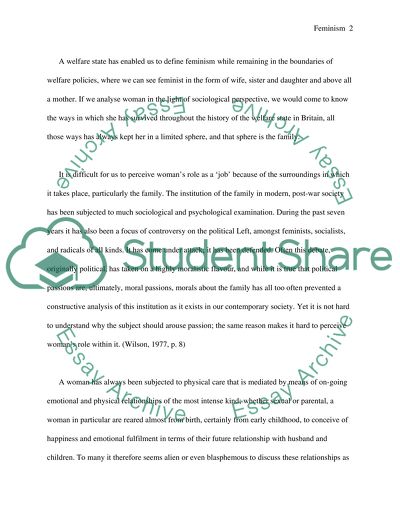Cite this document
(“Welfare Feminism in Britain Essay Example | Topics and Well Written Essays - 2500 words”, n.d.)
Retrieved from https://studentshare.org/politics/1533587-welfare-feminism-in-britain
Retrieved from https://studentshare.org/politics/1533587-welfare-feminism-in-britain
(Welfare Feminism in Britain Essay Example | Topics and Well Written Essays - 2500 Words)
https://studentshare.org/politics/1533587-welfare-feminism-in-britain.
https://studentshare.org/politics/1533587-welfare-feminism-in-britain.
“Welfare Feminism in Britain Essay Example | Topics and Well Written Essays - 2500 Words”, n.d. https://studentshare.org/politics/1533587-welfare-feminism-in-britain.


